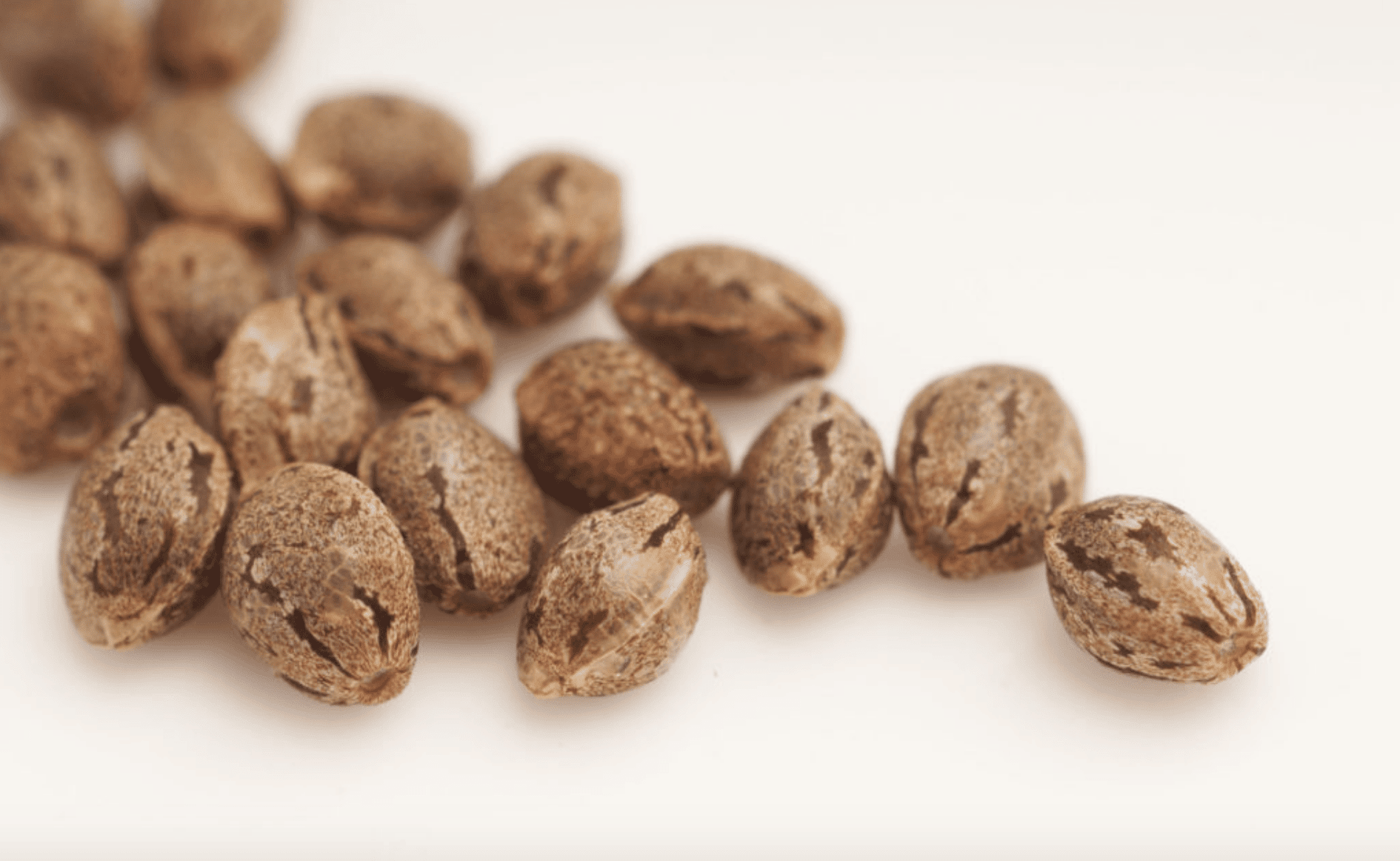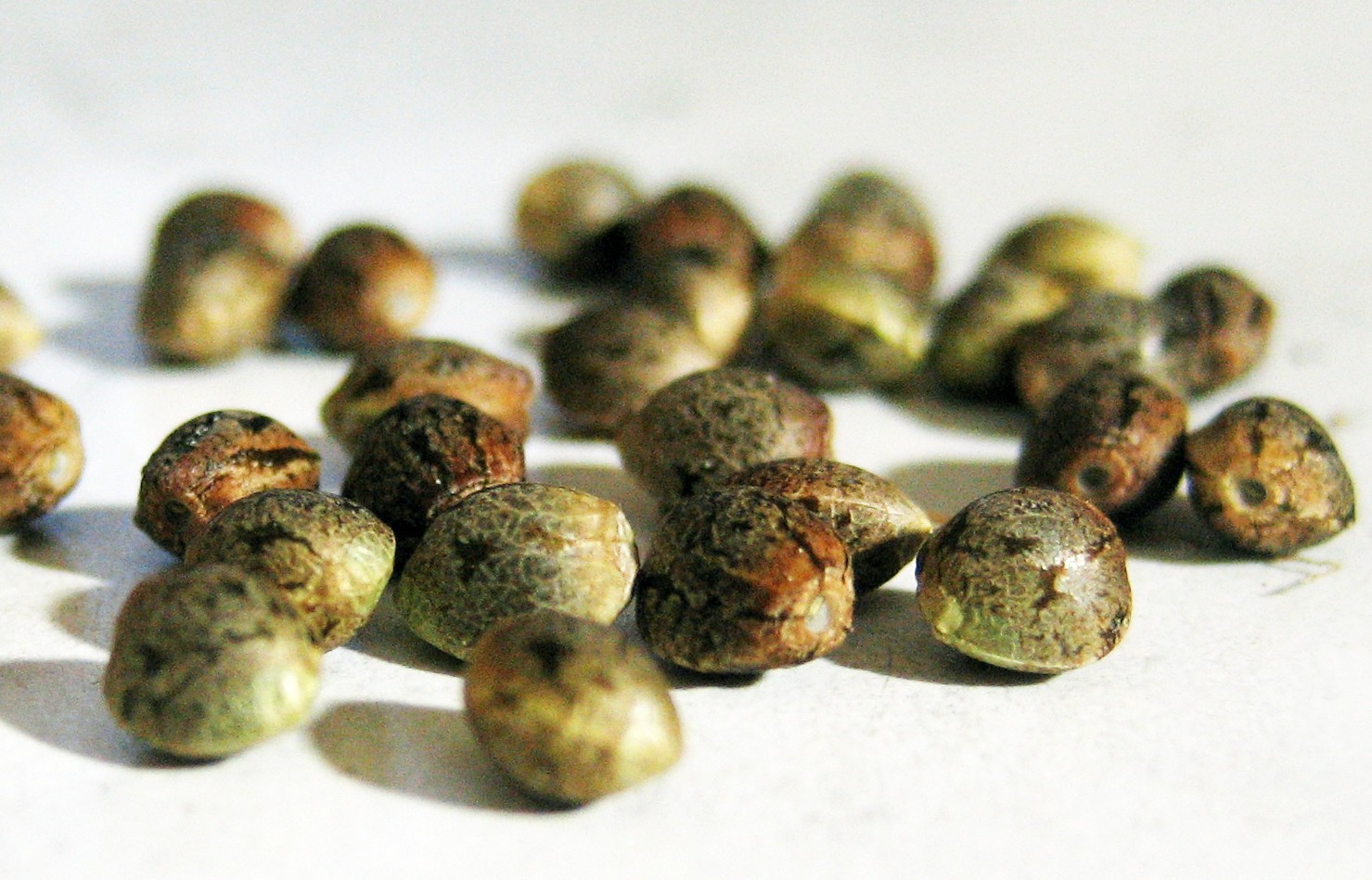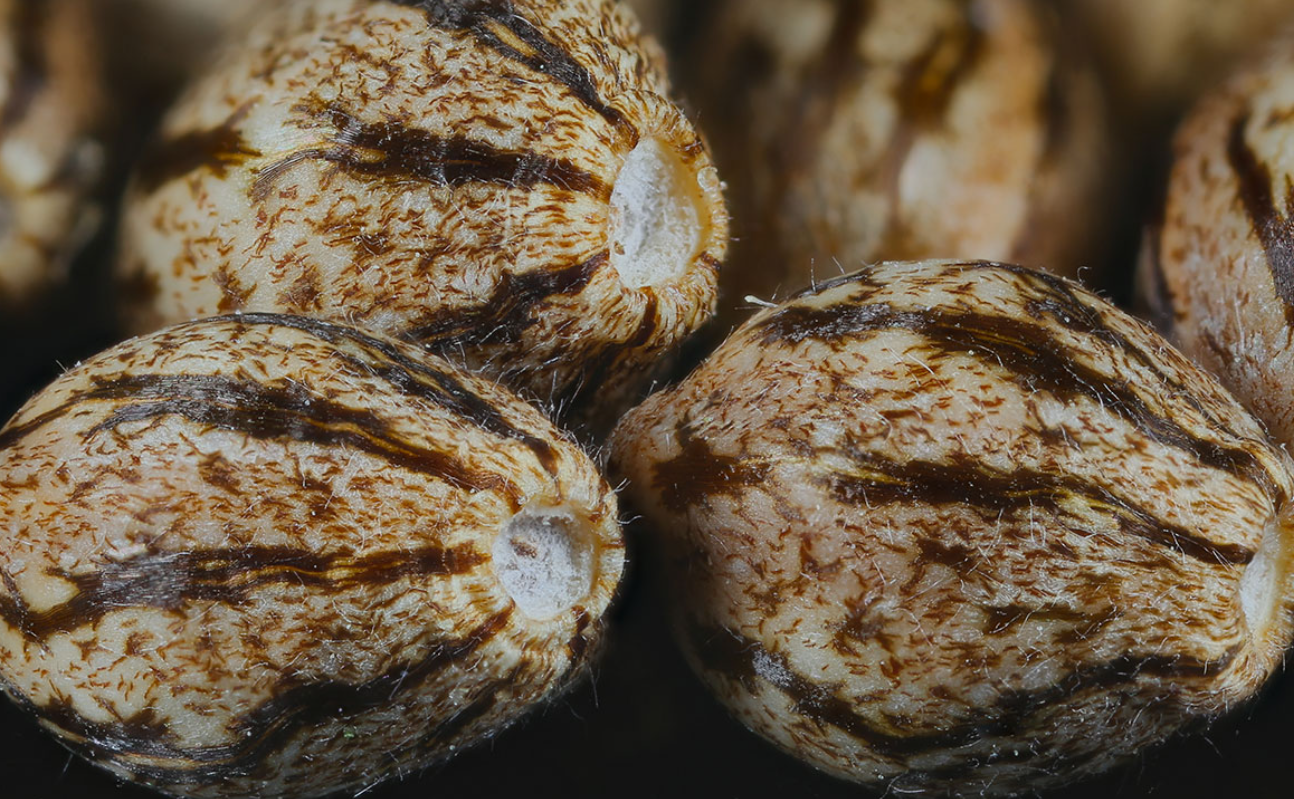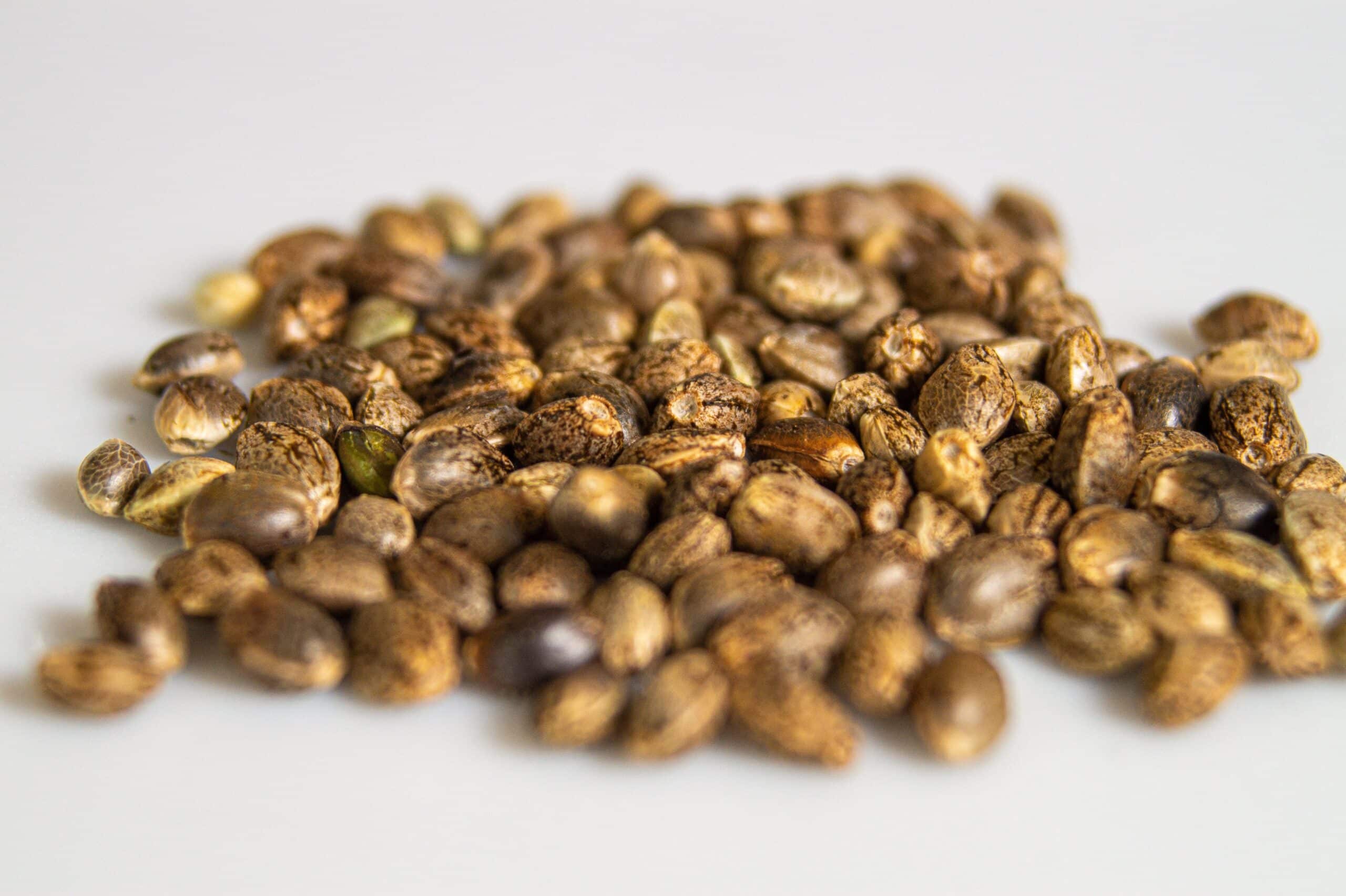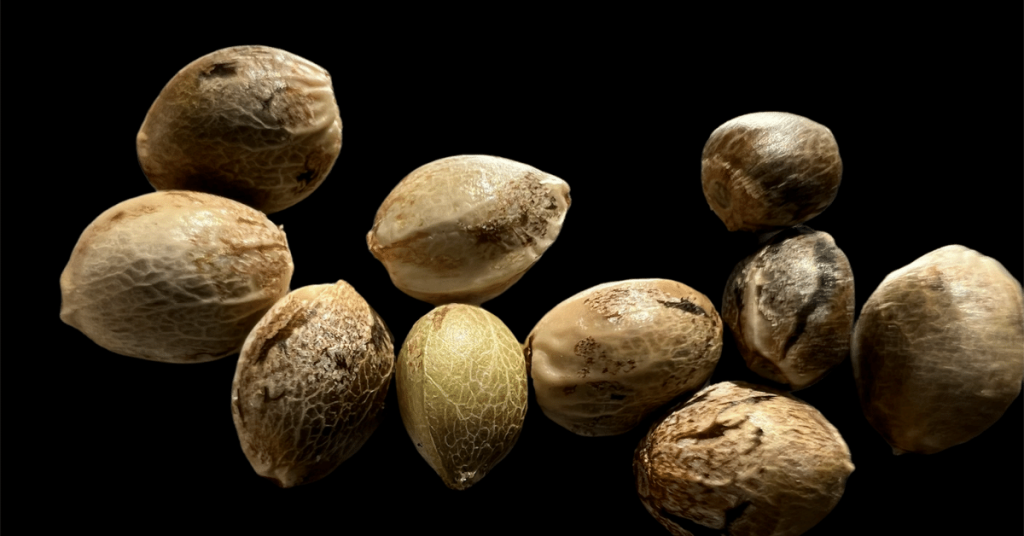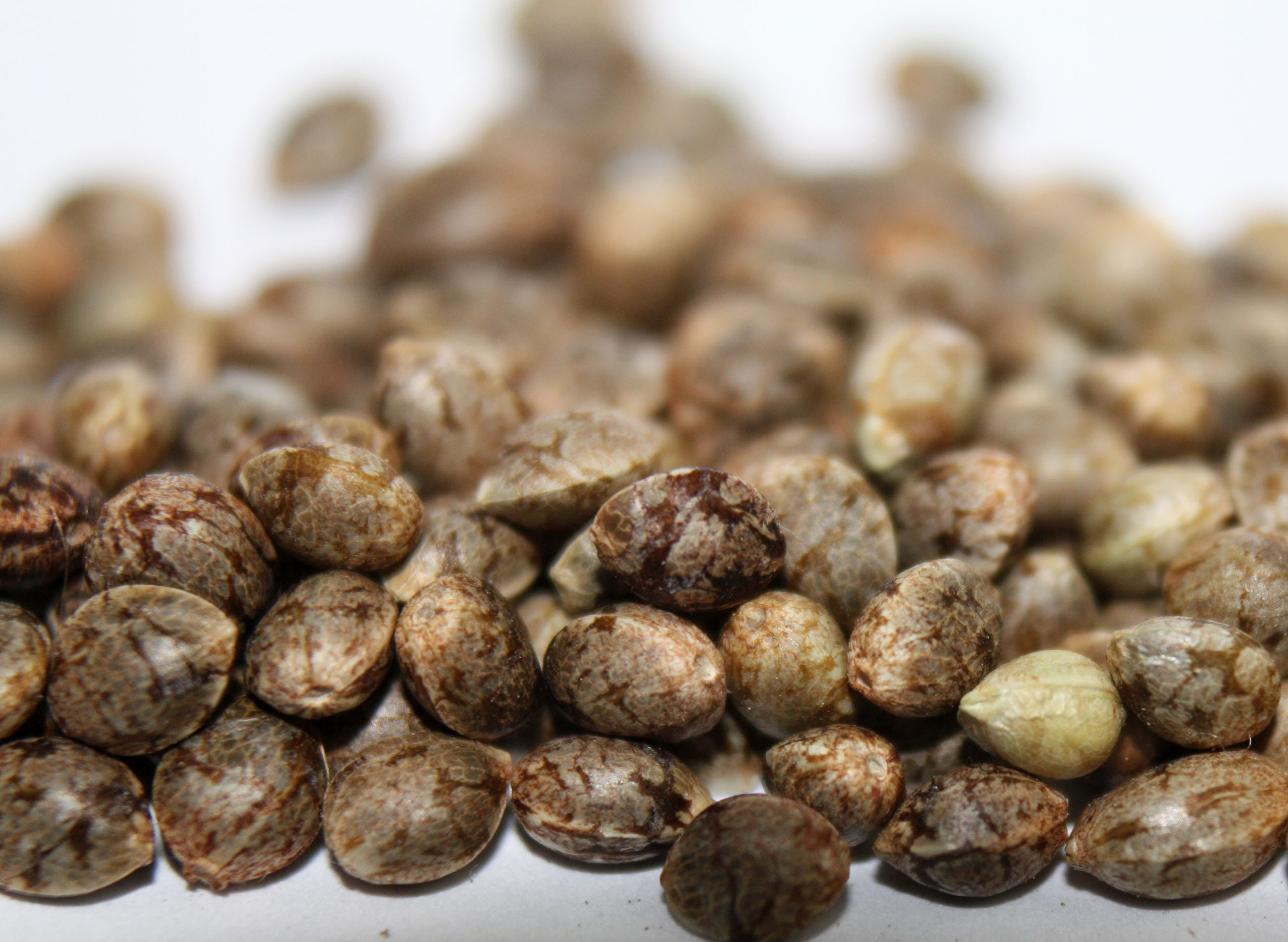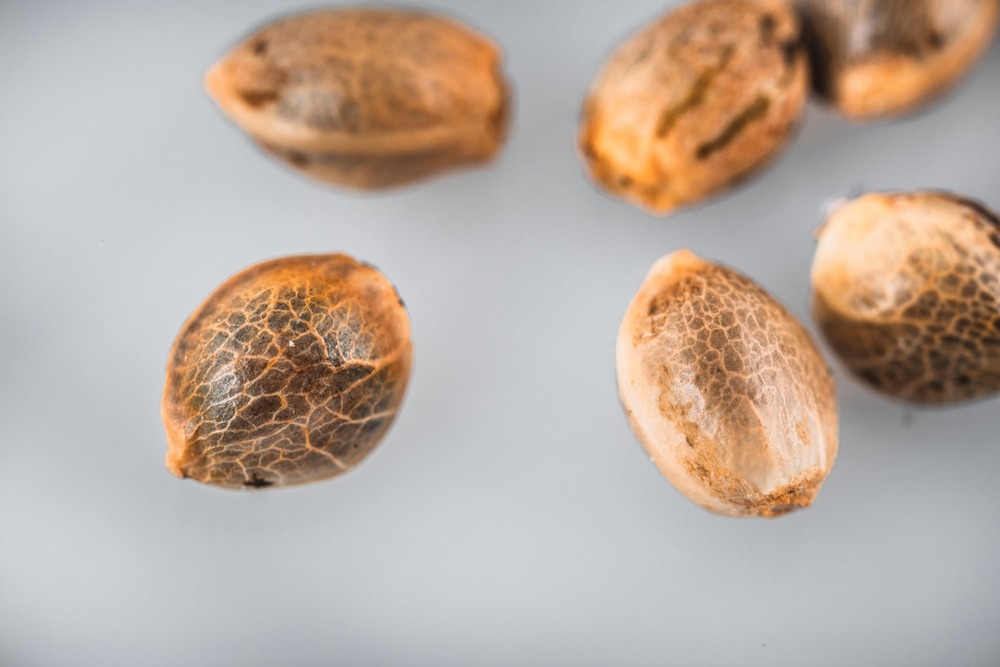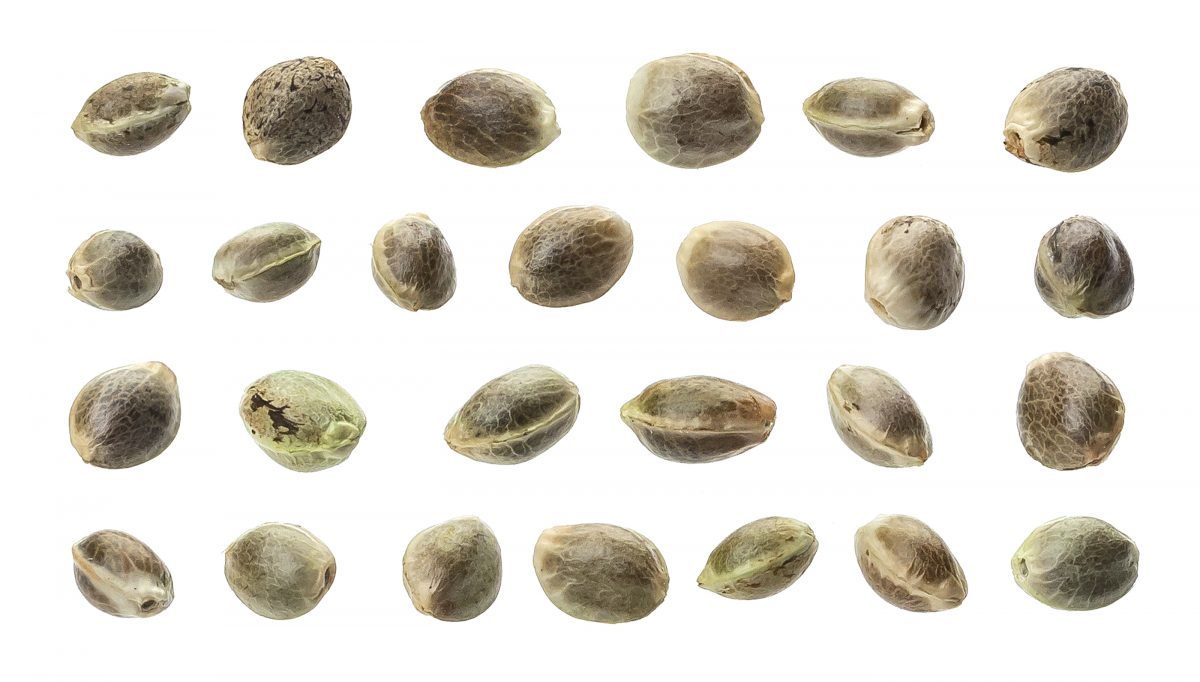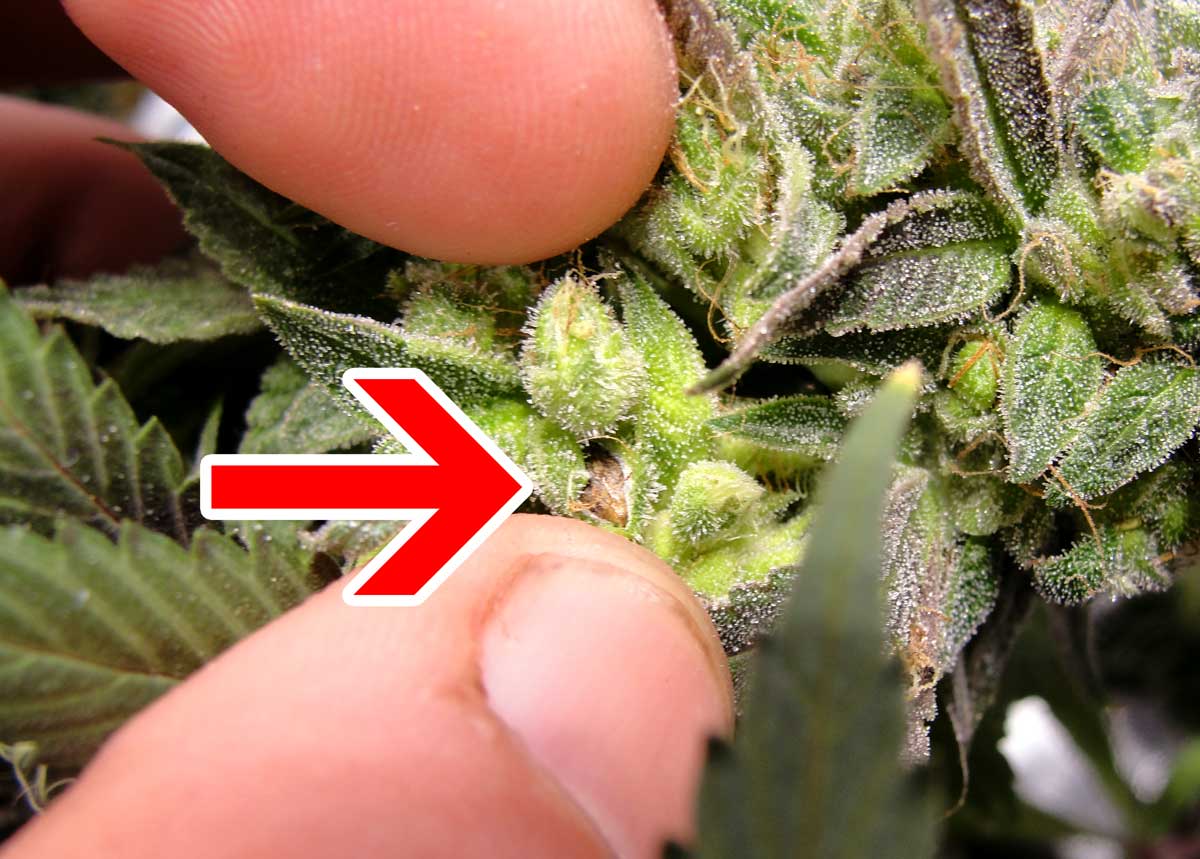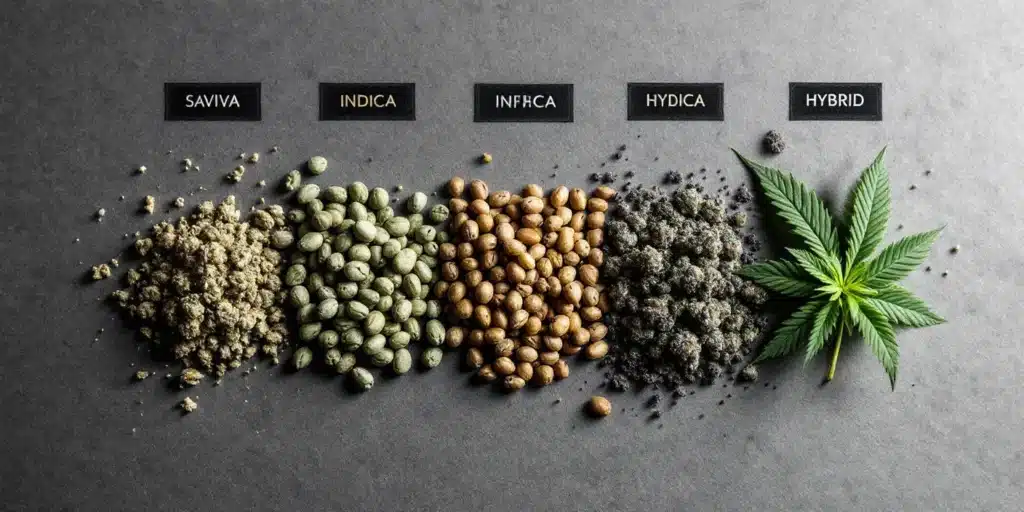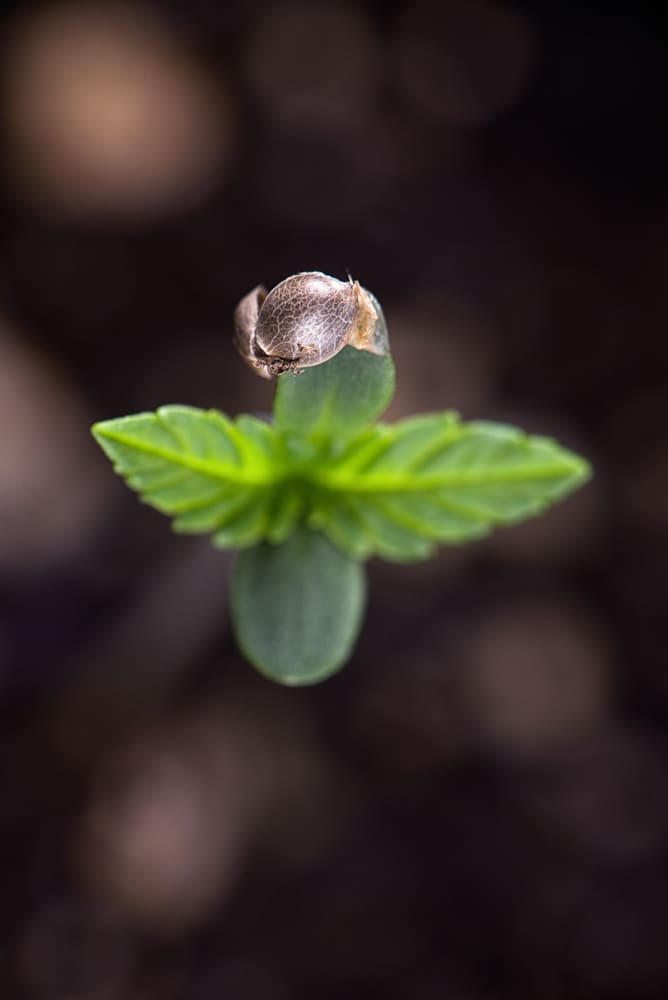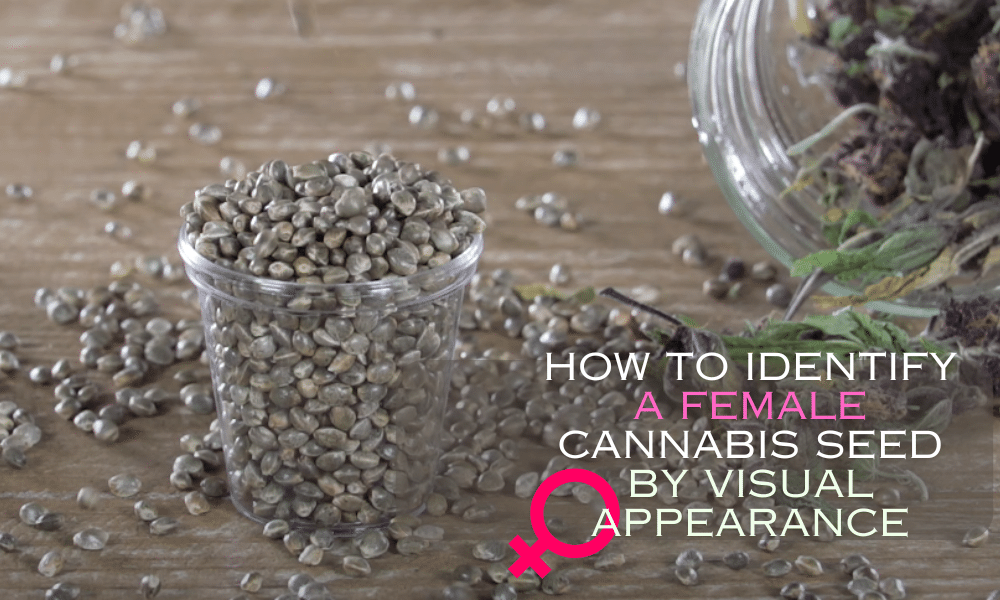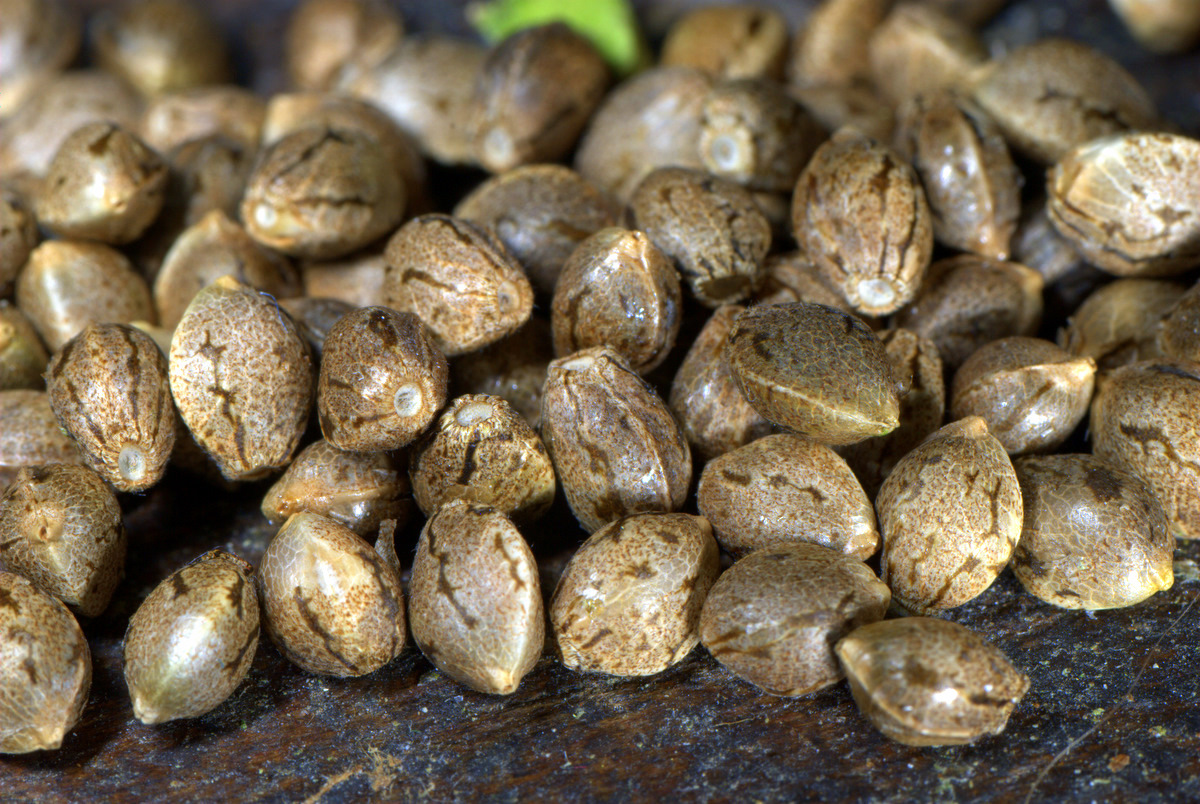What Do Cannabis Seeds Look Like

Understanding the anatomy of a cannabis seed might seem inconsequential, but for cultivators, hobbyists, and law enforcement alike, recognizing these tiny capsules of potential is crucial. Cannabis seeds, the origin point for all cannabis plants, possess distinctive characteristics that differentiate them from other seeds. This knowledge can be vital for identifying viable seeds, understanding genetic potential, and even distinguishing legal hemp seeds from potentially illicit marijuana seeds.
At first glance, cannabis seeds appear quite similar to other small seeds. However, closer inspection reveals a world of subtle variations and key identifiers. This article delves into the physical attributes of cannabis seeds, exploring their color, shape, size, and surface texture to provide a comprehensive guide to their identification.
The Anatomy of a Cannabis Seed
The seed is primarily composed of three parts: the embryo, the endosperm, and the seed coat (also known as the pericarp). The embryo is the nascent plant, containing the genetic blueprint for the future cannabis plant.
The endosperm is the nutritive tissue surrounding the embryo, providing it with the energy necessary for germination. Finally, the seed coat acts as a protective outer layer, safeguarding the embryo and endosperm from environmental damage.
Color and Markings
Cannabis seeds typically exhibit a range of colors, from light tan to dark brown, often with mottled patterns. The color variations are often an indicator of maturity and genetics.
A healthy, mature seed will generally be darker in color, indicating a higher likelihood of successful germination. Some seeds may display tiger-stripe patterns or other unique markings, adding to their visual complexity.
Immature seeds, on the other hand, tend to be lighter in color, sometimes even appearing greenish or whitish. These seeds are less likely to germinate and are generally considered non-viable.
Shape and Size
Cannabis seeds are generally oval or teardrop-shaped, although slight variations can occur depending on the strain. Their size typically ranges from 2 to 7 millimeters in length.
Larger seeds often contain more stored energy, potentially leading to more vigorous seedlings. However, size alone is not a definitive indicator of seed quality; genetic factors and environmental conditions also play a significant role.
The seeds are relatively small and compact, a design that helps them to disperse effectively in nature.
Surface Texture and Other Characteristics
The surface of a cannabis seed is usually smooth and hard to the touch. A waxy coating often covers the seed, helping to protect it from moisture loss and fungal infections.
This coating can sometimes give the seed a slightly shiny appearance. The seed coat is designed to be durable, able to withstand some environmental stress, and ensure that the seed remains protected until conditions are right for germination.
A healthy seed will feel firm when gently squeezed. Soft or easily crushable seeds are usually not viable, indicating that the embryo is damaged or underdeveloped.
Distinguishing Cannabis Seeds from Other Seeds
While cannabis seeds share some similarities with other types of seeds, certain characteristics can help distinguish them. The unique color patterns, combined with the oval shape and smooth texture, are often key identifiers.
The presence of a small ridge, sometimes referred to as a "keel," along one side of the seed can also be a distinguishing feature. Hemp seeds, which are legally distinct from marijuana seeds due to their low THC content, often exhibit similar characteristics, making visual identification challenging.
Laboratory testing is often required to determine the THC content of the seed, which is the definitive method for distinguishing hemp from marijuana.
The Significance of Seed Identification
Accurate identification of cannabis seeds is crucial for several reasons. For growers, it allows for the selection of viable seeds and the identification of different strains.
For law enforcement, it can be a key factor in determining the legality of cannabis cultivation. Additionally, understanding the characteristics of cannabis seeds can help prevent accidental consumption or misuse.
The legal implications surrounding cannabis seeds are complex and vary depending on jurisdiction. While hemp seeds are often legal to possess and cultivate due to their low THC content, marijuana seeds may be subject to strict regulations.
Conclusion
Cannabis seeds, though small, are complex packages of potential. By understanding their physical characteristics – the color variations, distinctive shape, smooth surface, and unique markings – individuals can more effectively identify viable seeds, distinguish between different strains, and navigate the legal landscape surrounding cannabis cultivation. The knowledge of what cannabis seeds look like is therefore invaluable for cultivators, law enforcement and those seeking a deeper understanding of the plant.
As regulations surrounding cannabis continue to evolve, a clear understanding of these fundamental botanical characteristics will become increasingly important. Being able to recognize and differentiate cannabis seeds accurately contributes to responsible cultivation practices and compliance with applicable laws.
